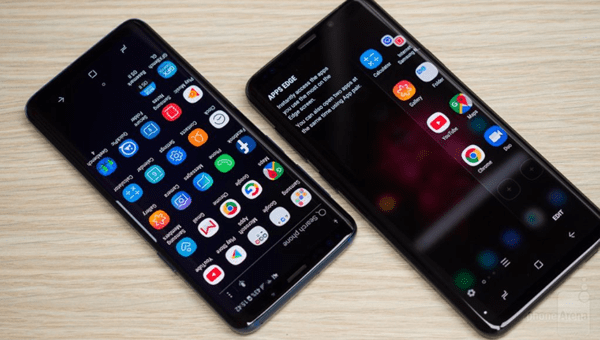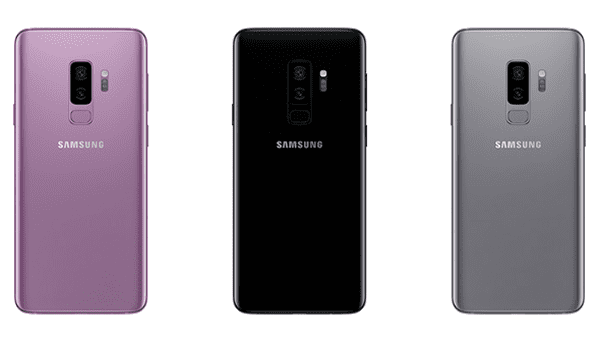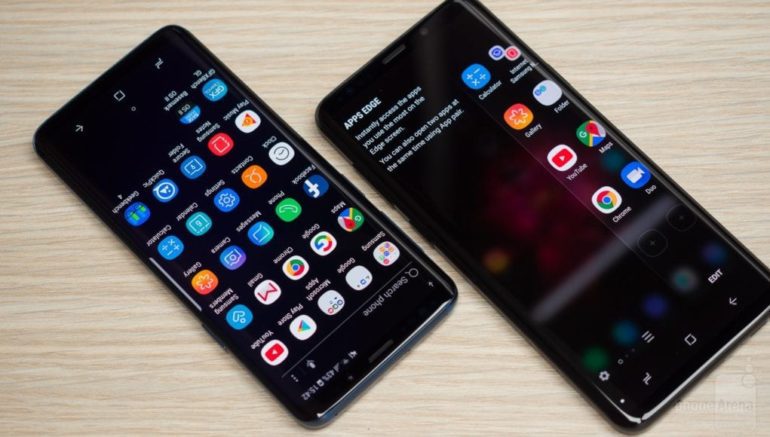Over the years, smartphone sizes have significantly evolved. Companies continue to invest their resources to meet every smartphone user’s demand for convenience, especially in terms of screen real estate.
Samsung’s Latest Take On Android

Samsung has consistently worked on addressing issues tied to the eventual increase in the sizes of smartphones and user interfaces. Its promised update for Galaxy S9 and S9+ as embodied in the latest and finalized version of Android 9 Pie with One UI has finally rolled out in the US. One UI was designed to address issues concerning a sizable user interface, such as difficulty navigating with one hand and visual discomfort.
The new One UI is a minimalistic design, making navigation on a widescreen easier. This version was designed to achieve a clutter and distraction-free interface, thereby increasing visual comfort. This update, though available in other countries for some time now, is here finally.
The update came in 1.7 gigabytes and included the January security patch for Android.
More Phones to Get “One UI” Updates
So far, Samsung has confirmed that more phones will have the One UI: Galaxy Note 9, Galaxy S9, Galaxy S9+, Galaxy Note 8, Galaxy S8, Galaxy S8+.
At the Samsung “Unpacked” event, held on February 20th in San Francisco, Samsung unveiled a host of new devices. The new line of S10 devices took center stage. Samsung launched the Galaxy S10, S10+, and S10 5G along with its folding phone, the Galaxy Fold. These phones will be available later in the year still, but they are all expected to sport the One UI.
Goals with Android 9 Pie and One UI

One UI is primarily designed to help users “focus on the task at hand.” This entails removing a lot of clutter or distraction on its user interface. The settings page was simplified even more while other features are now regrouped and arranged in a way that they can be easily accessed. Other Samsung applications were also given a new look to only show essential information.
Another goal of Samsung’s One UI is to make the users’ interaction with their devices more natural. Buttons that are traditionally towards the top of the screen are now closer to the bottom where these can be easily accessed, and the top area has been reserved exclusively for viewing content and does not require any interaction.
During a presentation at Samsung’s developer conference in 2018, Samsung’s senior designer of UX, Jee Won Lee, said that, “With One UI, users only see what they need when they need it so they can stay focused on what matters.”
Finally, One UI aims to achieve visual comfort. Colors were tweaked to provide better clarity, and the elements of the UI can likewise be tweaked to match and adjust to the brightness of your phone screen.
One UI’s many features include new gesture navigation, improved notifications, and more, as is usual with Samsung’s software updates. One UI is a derivative of Android 9 Pie, and as such, has all of its features and enhancements.


